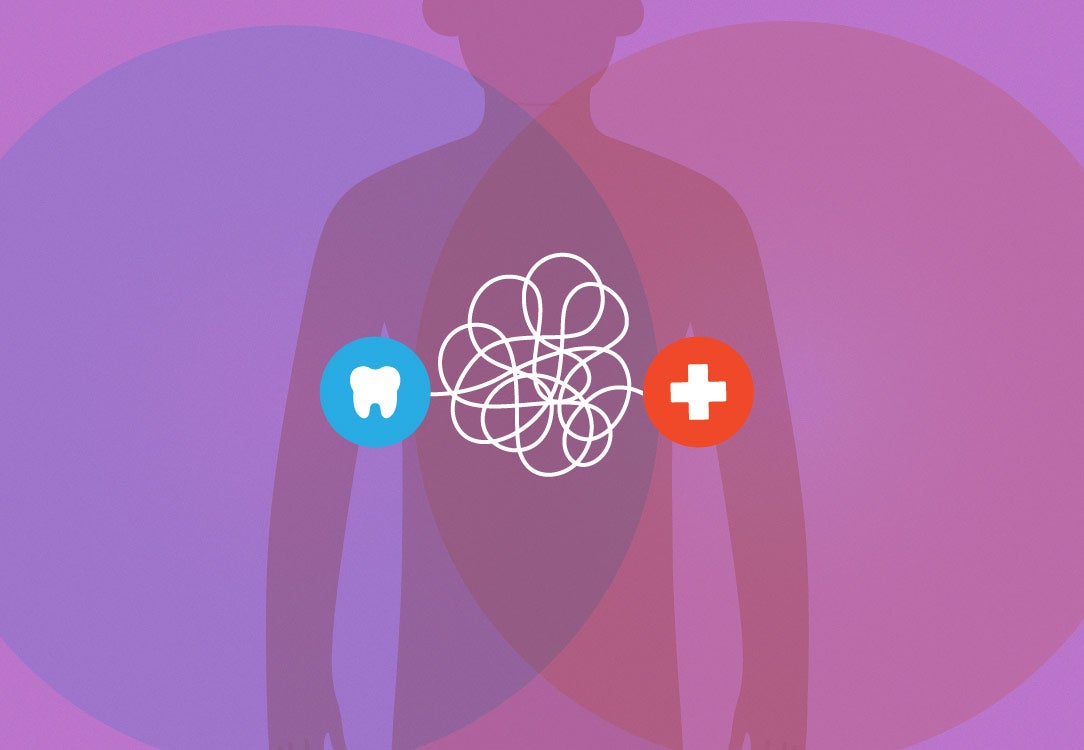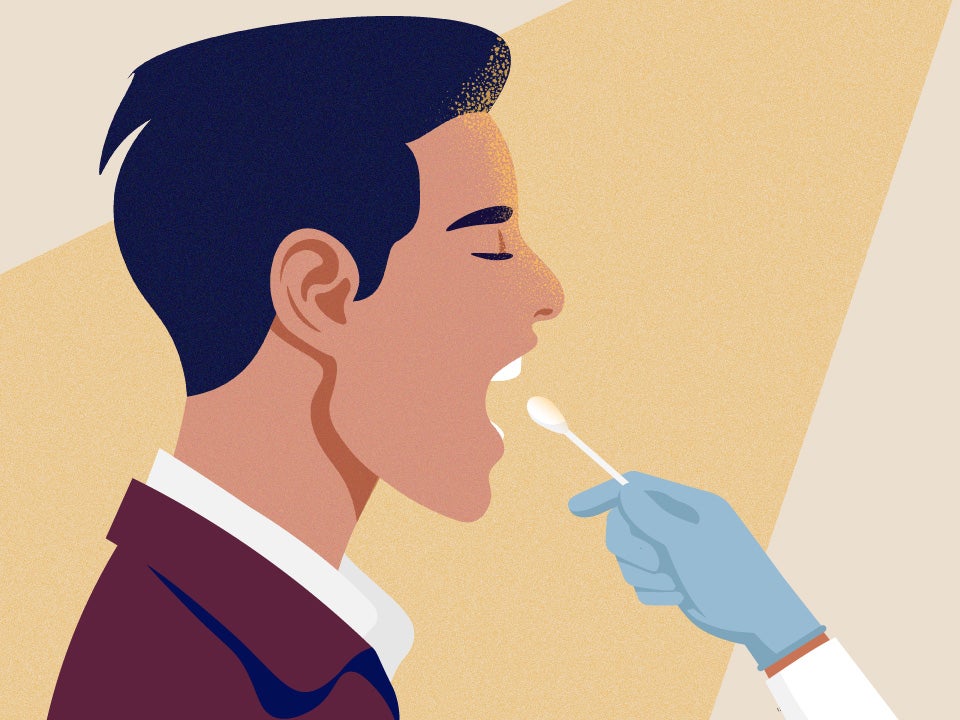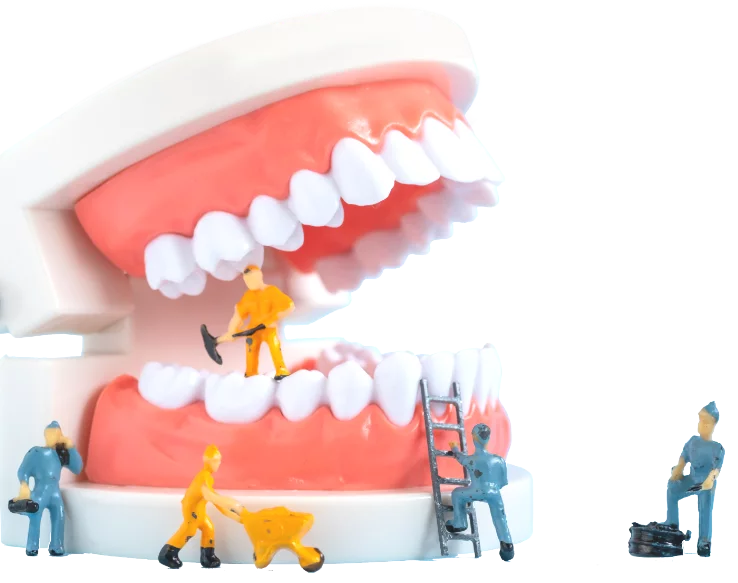There are many different types of dental procedures, including regular checkups and teeth cleanings, filling cavities to root canals. Some treatments may necessitate the use of laughing gas.
What Is Laughing Gas?
Nitrous oxide, commonly referred to as laughing gas, is a mild sedative used during specific dental procedures. It is used to manage a patient’s pain and anxiety from the treatment, though it isn’t intended to put you to sleep completely. Laughing gas has been used in surgical and dental procedures as far back as the mid-1800s.
Laughing Gas vs. Anesthesia
Sedation — the result of using laughing gas — and anesthesia are used in various dental procedures. They both ease anxiety and prevent a patient from feeling pain during the treatment. They can also cause drowsiness, inhibit coordination, and diminish your ability to remember the procedure. While they do share those similarities, sedation and anesthesia are very different.
Laughing gas is a form of sedation. Sedation causes a patient to feel relaxed and even fall into a light sleep. Dentists refer to the effects of laughing gas as conscious sedation since you’re awake, but your alertness level is slightly decreased. Sedation from laughing gas still allows you to communicate with the dentist throughout the procedure.
Local Anesthesia
Sedation from laughing gas also differs from receiving a local anesthetic. Local anesthesia numbs the direct area and area surrounding the procedure. Think of the gum when getting a cavity filled.
How Is Laughing Gas Used?

The Benefits of Laughing Gas
Laughing gas used for sedation is a popular choice among dentists due to its effectiveness and safety for patients. It works very quickly, typically within a few minutes, and it wears off quickly once the procedure is complete. As mentioned, laughing gas still allows you to communicate with the dentist throughout the procedure since you aren’t asleep like you would be under general anesthesia.
Laughing Gas Side Effects
- Headaches
- Nausea or vomiting
- Shivering
- Excessive sweating
- Sleepiness
Risks of Using Laughing Gas
But laughing gas is still a drug. Like any drug, there are risks involved with using it recreationally.
- Fainting
- Heart attacks
- Blood pressure drop
- Hypoxia – fatality due to oxygen loss
- Anemia
- Vitamin B-12 deficiency
- Nerve damage associated with tingling sensations
- Depression
- Psychological dependence
- Psychosis
- Memory loss
- Weakening of the immune system
- Numbness in the hands and feet
- Incontinence
- Tinnitus, or ringing in the ears
- Limb spasms
- Congenital disabilities (usage occurs during pregnancy)
- Reproductive system disturbances
Safety Issues

Nitrous Oxide for Children
Preparing Your Child for Nitrous Oxide
There are a few actions you can take prior to your child’s appointment to put them at ease if they’re apprehensive about the procedure.
Who Shouldn't Use Laughing Gas?
Laughing gas is a perfectly suited sedative for many dental procedures. That doesn’t mean it is right or safe for every patient. Consult your dentist prior to any procedure if you have any of these conditions:
- Chronic Obstructive Pulmonary Disease (COPD) or some other respiratory disorder
- Drug and substance abuse history
- Currently in the first trimester of pregnancy
- Vitamin B-12 deficiency
- A history of mental health conditions
Find a Dentist Near Me
Nitrous oxide is a valuable tool dentists use to perform procedures on adults and children. Consult your dentist to discuss your questions about laughing gas. Or, check out The Smile Generation to find a dentist near you for all your oral care needs, including any procedures that involve laughing gas. You can read patient reviews, peruse staff bios, and schedule an appointment online with a click of your mouse.
Find your trusted, local dentist today!
Sources
https://www.webmd.com/a-to-z-guides/what-to-know-about-laughing-gas
https://www.colgate.com/en-us/oral-health/anesthesia/what-does-laughing-gas-do
https://www.ada.org/resources/research/science-and-research-institute/oral-health-topics/nitrous-oxide
https://www.aapd.org/media/Policies_Guidelines/BP_UseofNitrous.pdf
https://adf.org.au/drug-facts/nitrous-oxide/#:~:text=Nitrous%20oxide%20is%20a%20colourless%20gas%20that%20is,by%20people%20to%20feel%20intoxicated%20or%20high.%201
https://www.colgate.com/en-us/oral-health/anesthesia/sedation-vs-anesthesia-at-the-dentist-whats-the-difference
https://www.chkd.org/patients-and-families/health-library/way-to-grow/nitrous-oxide/
https://www.colgate.com/en-us/oral-health/anesthesia/local-anesthesia
Smile Generation blog articles are reviewed by a licensed dental professional before publishing. However, we present this information for educational purposes only with the intent to promote readers’ understanding of oral health and oral healthcare treatment options and technology. We do not intend for our blog content to substitute for professional dental care and clinical advice, diagnosis, or treatment planning provided by a licensed dental professional. Smile Generation always recommends seeking the advice of a dentist, physician, or other licensed healthcare professional for a dental or medical condition or treatment.








